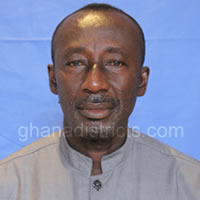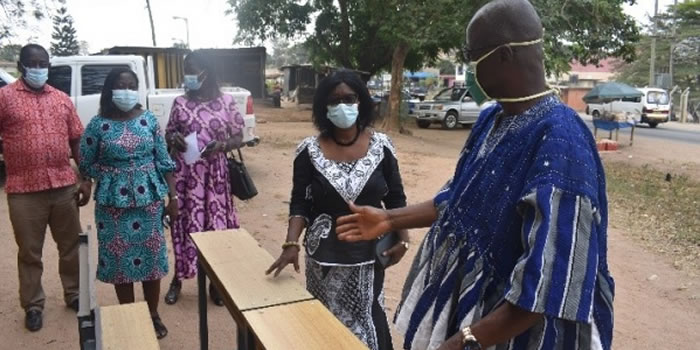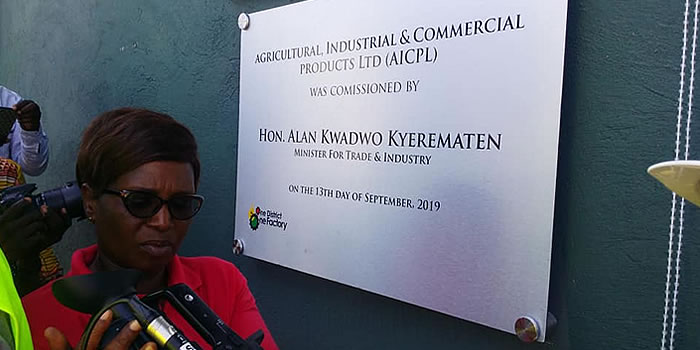

INFORMATION AND COMMUNICATION TECHNOLOGY (ICT)
Telecommunication services are available in the district. Vodafone mobile and fixed line services, Kasapa, MTN, TIGO, and Zain are all available at almost every corner of the district. Internet facility is also available at Ahwiaa, Kenyase, Adanwomase and Mamponteng. The district receives broadcasts from all the major television stations in the country, thus GTV, Metro TV, TV 3, NET2 TV and TV Africa. There is an ICT Centre at Adanwomase. The project is intended to train the youth in the district in ICT.
Housing
The condition of housing in the urban and the peri-urban areas are better than that of the rural area. The situation in the rural areas is however improving as people are now building better houses with the basic facilities.
GENDER ISSUES
INTRODUCTION
The issue of gender profiling is very crucial in the Development Planning process at the District level as it enables the planning authorities make conscious efforts to take steps to bridge the gender gap. This will help the District to formulate and implement programmes to bridge the gender gap.
GENDER PROFILING
The gender profile of the District covers the areas of Education, Health, Local Governance and Culture.
POPULATION PROFILE
The 2000 Population and Housing Census put the entire population of the District at 102,310. The male population is 52,230 accounting for 50.4% and the female population of 50,080 forming 49.6%.
Interestingly, Kwabre East Municipal is one of the few Districts with the male population more than the female. The table below shows the distribution of the population by Age Group and Sex.
The 2010 Population and Housing Census, however, gave the population of the District as 115,556 comprising 55,106 males and 60,450 females. Detailed analysis of the 2010 Census is no yet available.
EDUCATION
The important role that education plays in the social, cultural and the economic Development of the District and the country as a whole cannot be over – emphasized. In considering gender issues, it is important to make gender analysis of data on education especially on the enrolment at all levels.
The table below depicts the enrolment at all levels of education in the District
It can be observed from the table that in general, the total enrolment in schools at all levels is 55,176 comprising 27,463 males and 27,713 females forming 49.8% and 50.2% respectively.
This indicates that generally there are more females in schools than males. The situation is the same at both the primary (50.2%) and the Senior High School levels (52.25). The situation is, however, different at the pre – school and the Junior High School levels where the male population is more than that of the females.
The female proportion at the Senior High School level is due to the fact that out of the Six (6) Senior High Schools in the District, one is wholly girls and the rest are mixed.
The general situation depicts that fact all stakeholders are taking the issue of education very seriously as the figures show almost equal rate of participation for both males and females. It is therefore important to encourage good practices and adopt more new strategies to continue to encourage full participation of both males and females.
To encourage female participation, there should be strategies to prevent:
(a) Teenage Pregnancy resulting from parental neglect and poor parental control.
(b) Broken Homes.
(c) Peer Pressure influence.
(d) Provide facilities in schools to encourage female girls
HEALTH
The total number of health personnel in the District is 186 as indicated in the table below.
From the table, females are 140 forming about 80% of the personnel as against male number of 46 forming only 20%.
The greater number of female health personnel in the communities will encourage the girls in the communities to aspire to be like them.
Date Created : 2/20/2019 4:42:02 AM










 facebook
facebook
 twitter
twitter
 Youtube
Youtube
 +233 593 831 280
+233 593 831 280 0800 430 430
0800 430 430 GPS: GE-231-4383
GPS: GE-231-4383 info@ghanadistricts.com
info@ghanadistricts.com Box GP1044, Accra, Ghana
Box GP1044, Accra, Ghana